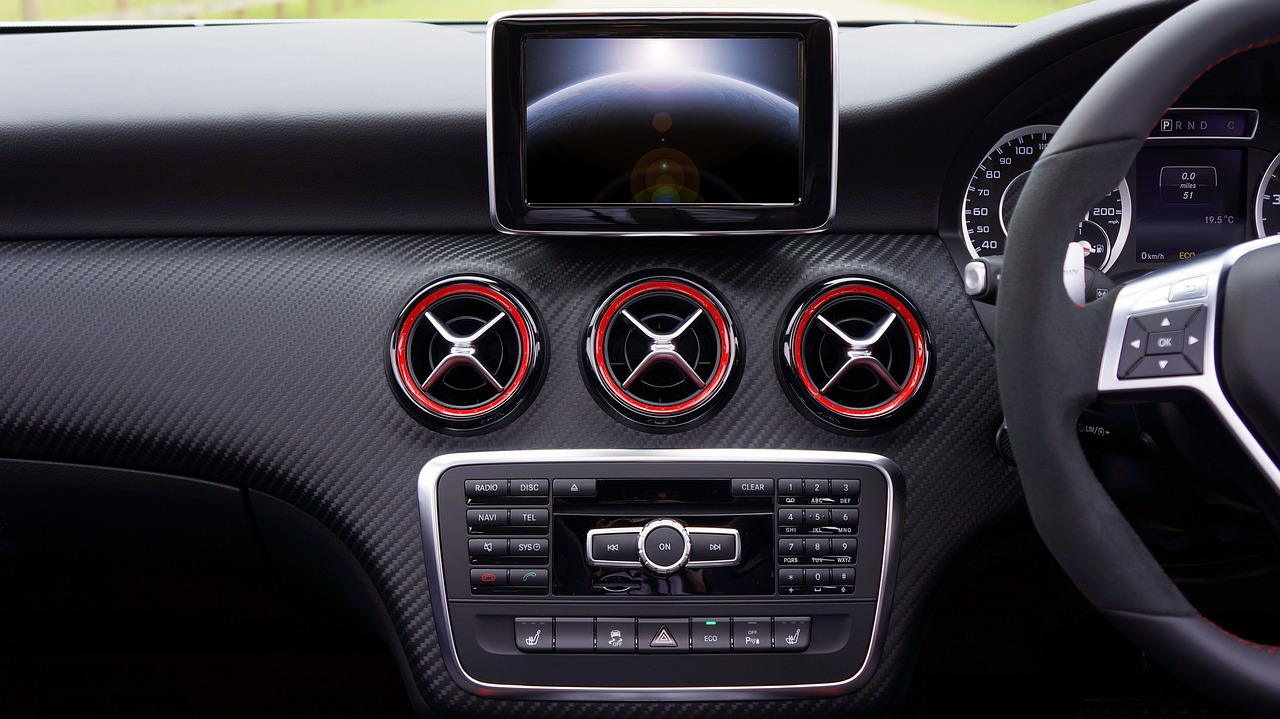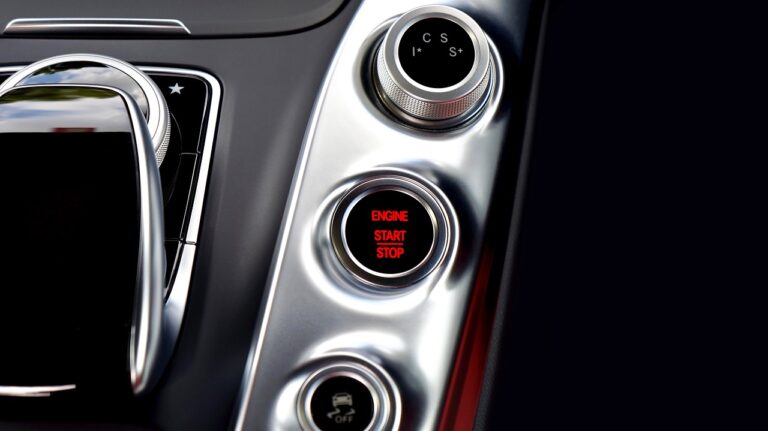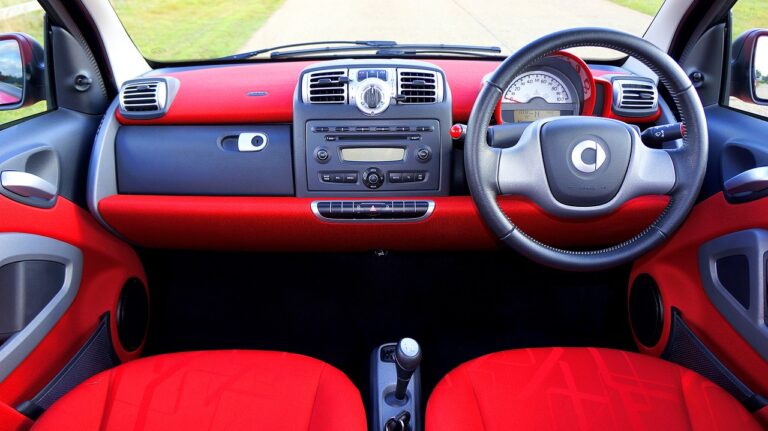Analyzing the Role of Virtual Reality in Auto Maintenance Training
Virtual reality (VR) technology has emerged as a powerful tool for enhancing auto maintenance training. By immersing trainees in realistic, interactive simulations, VR enables them to gain practical experience in a controlled environment. This hands-on approach can significantly improve learning outcomes by allowing individuals to practice complex tasks without the need for expensive equipment or risking damage to actual vehicles.
Moreover, VR offers a dynamic and engaging learning experience that can cater to different learning styles. Trainees can explore virtual automotive systems, troubleshoot issues, and practice repair techniques in a safe and supportive virtual environment. This innovative training method not only boosts trainees’ confidence and competence but also helps reduce the time and costs associated with traditional training methods.
Benefits of Incorporating Virtual Reality in Auto Maintenance Training
Virtual reality (VR) has emerged as a powerful tool in the field of auto maintenance training. By simulating realistic scenarios in a virtual environment, trainees can gain hands-on experience without the risks associated with working on actual vehicles. This immersive technology allows for interactive learning experiences that can enhance trainees’ skills and confidence in diagnosing and repairing various automotive issues.
Moreover, incorporating VR in auto maintenance training provides a cost-effective solution for training programs. Traditional training methods often require expensive equipment and resources, as well as the need for expert instructors. With VR technology, training modules can be easily replicated and accessed by multiple trainees simultaneously, reducing the overall cost of training while maintaining high-quality standards. This accessibility and scalability make VR an attractive option for auto maintenance training programs looking to modernize their approaches.
Challenges Faced in Implementing Virtual Reality for Auto Maintenance Training
One of the primary challenges faced in implementing virtual reality for auto maintenance training is the high cost associated with developing and maintaining VR systems. The initial investment required for the hardware, software, and ongoing technical support can be prohibitive for many training programs, especially smaller ones with limited budgets. Additionally, the constant need for updates and upgrades to keep up with technological advancements adds to the overall cost of implementing VR in auto maintenance training.
Another challenge is the potential for technical issues and malfunctions during training sessions. If the VR system experiences glitches or failures, it can disrupt the learning process and hinder the effectiveness of the training program. Ensuring the stability and reliability of the VR technology is crucial to providing a seamless training experience for students. Additionally, the complexity of VR systems can make it challenging for instructors to troubleshoot and resolve technical problems quickly, further complicating the implementation of virtual reality in auto maintenance training.





